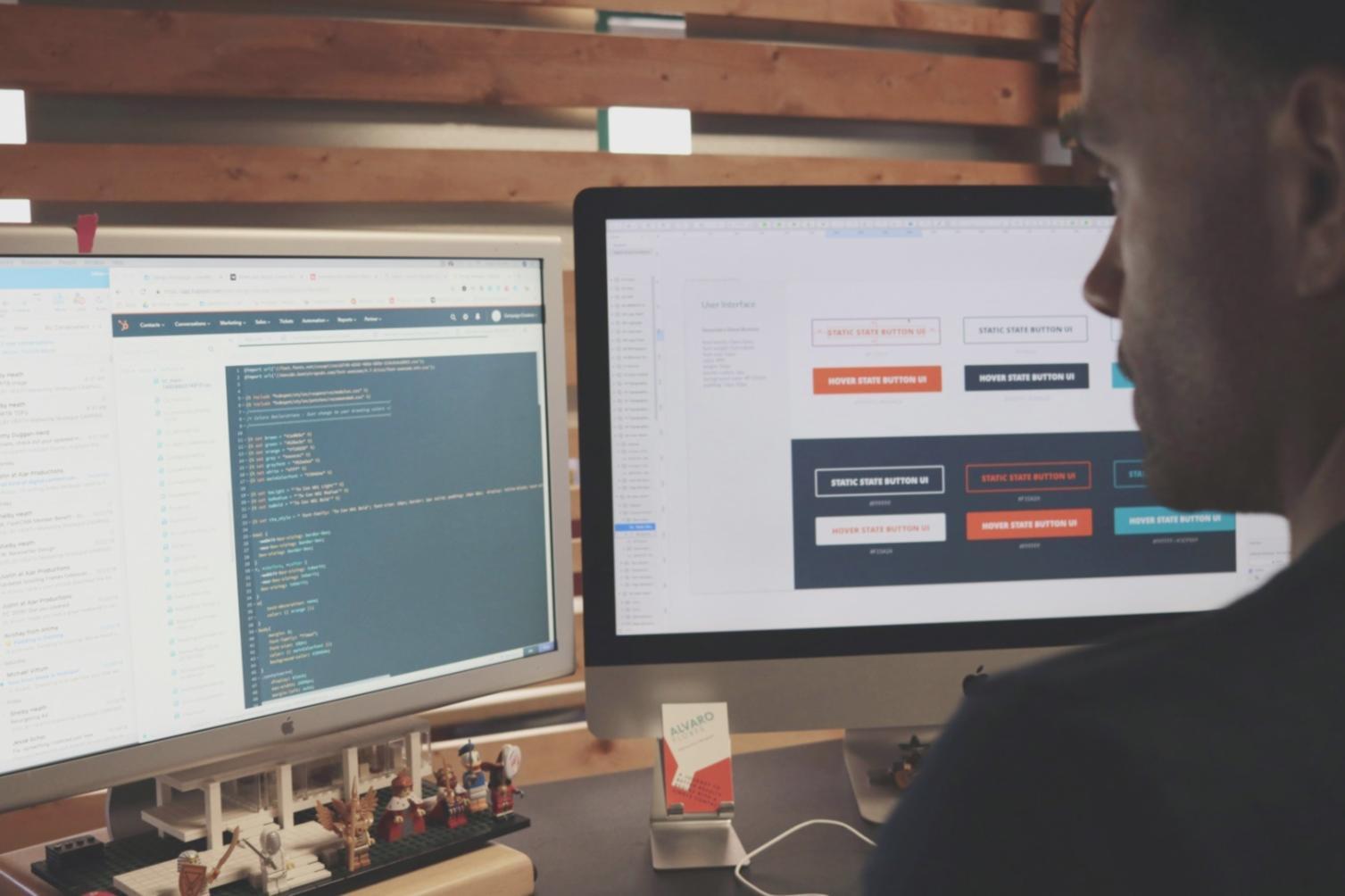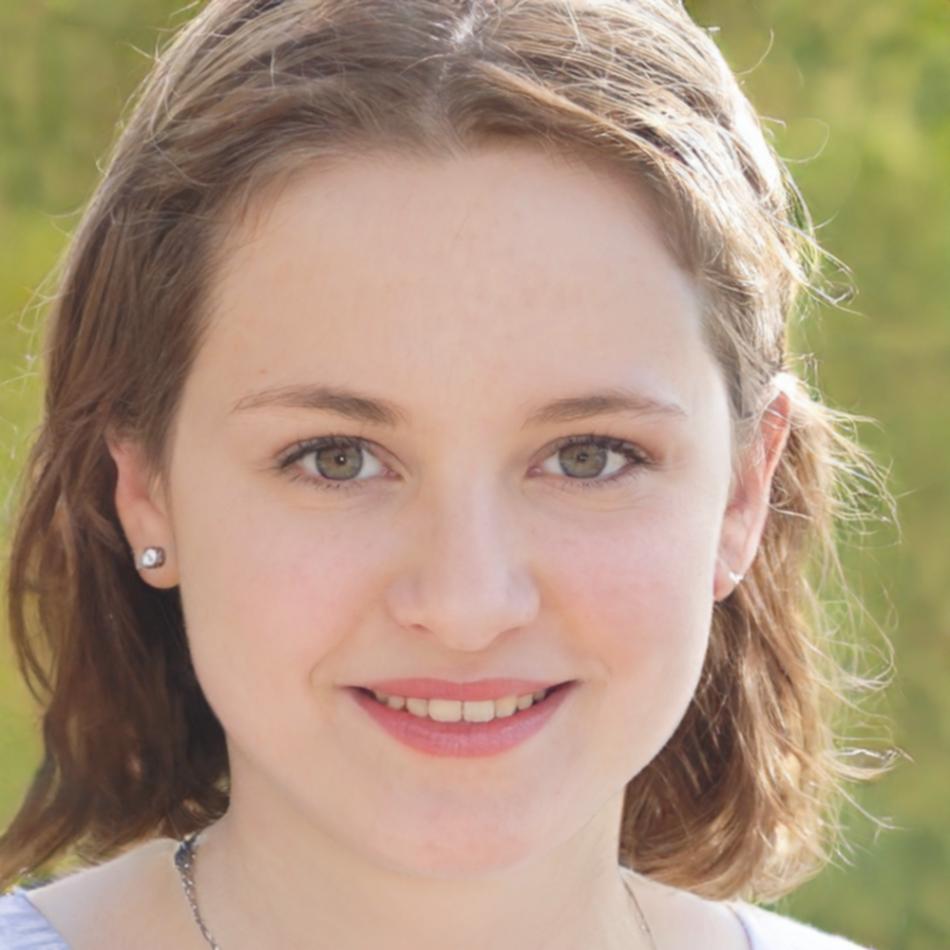Where Technical Meets Tangible
The idea came from watching designers struggle with basic concepts like momentum transfer or angular velocity. They'd built impressive portfolios, but their worlds felt... floaty. Objects didn't behave quite right.
So we built a curriculum around the fundamentals. Not the glamorous stuff, honestly. Force diagrams, constraint solvers, numerical integration methods. The kind of content that makes objects fall believably or cars corner realistically.
Our approach is rooted in practical application rather than academic theory. Students spend time breaking down existing game mechanics, identifying what works physically and what's artistic license. Because sometimes "realistic" isn't what you actually want.




